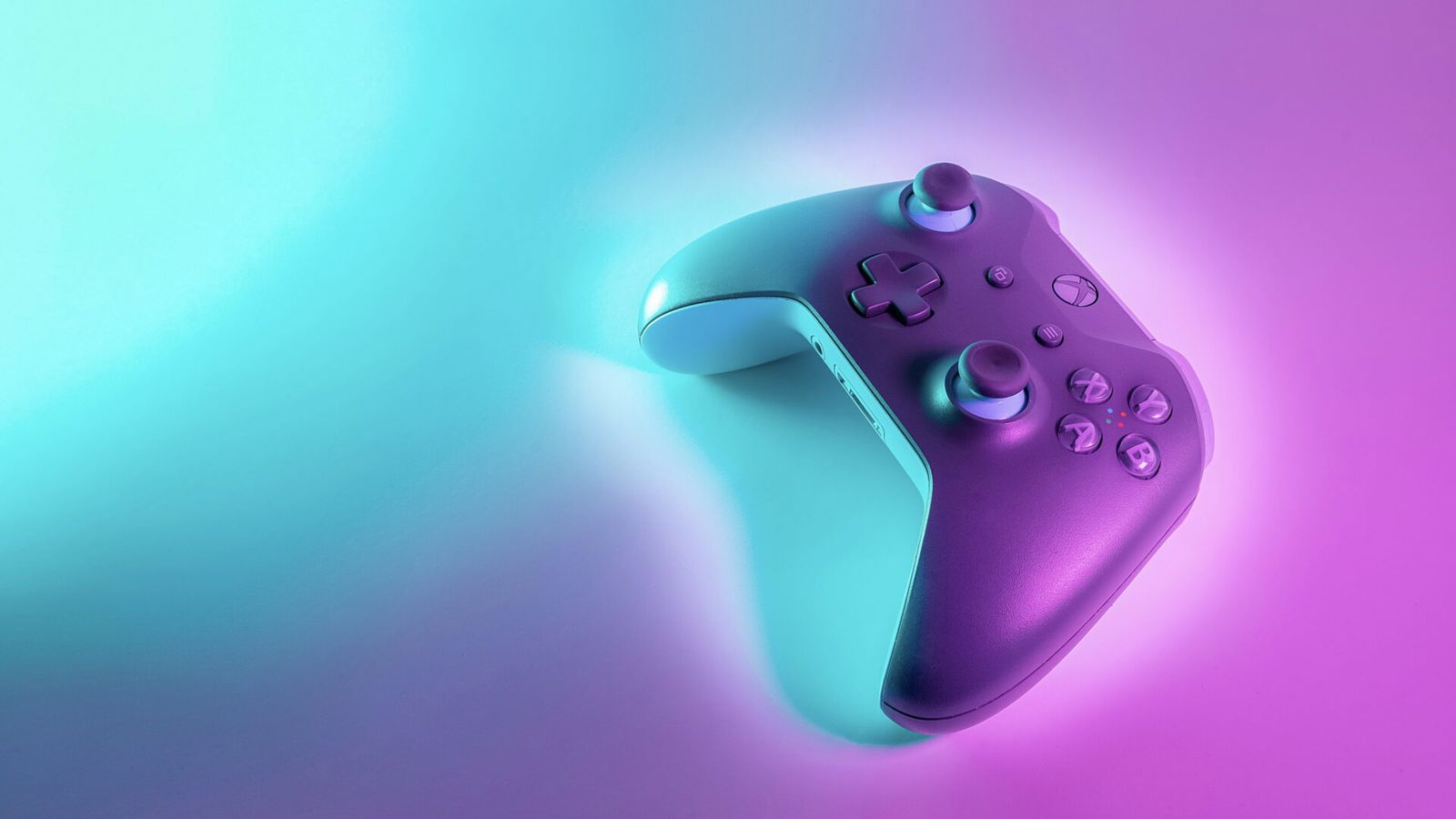
Why Video Game Performers Fight for the Strongest AI Protections Yet
By Movieguide® Contributor
Now three weeks into their strike, video game performers explained why they believe they need to fight for stronger protection from AI than has yet been seen.
Video game performers began striking on July 26, providing negotiators with the leverage they needed to nail down final changes in language about AI protection. Though this step negatively impacts the industry, SAG-AFTRA felt it had no choice after negotiations that had begun in October of 2022 came to a standstill.
As is the case with every other negotiation that has taken place in recent years, the sticking point for these talks comes from disagreements over the use of AI. SAG-AFTRA negotiators are pushing for the broadest protections yet, while the major studios feel they have given everything they can.
“Under our AI proposal, if we want to use a digital replica of an actor to generate a new performance of them in a game, we have to seek consent and pay them fairly for its use,” said Audrey Cooling, a representative for the major studios. “These are robust protections, which are entirely consistent with or better than other entertainment industry agreements the union has signed.”
SAG-AFTRA, however, believes that this language leaves many of its performers unprotected from AI, particularly motion capture performers who are rarely categorized as actors.
“I can crawl all over the floor and the walls as such-and-such creature, and [the studios] will argue that is not performance, and so that is not subject to their AI protections,” explained Andi Norris, a motion capture performer who is on the union’s negotiation team.
“The industry has told us point blank that they do not necessarily consider everyone who is rendering movement performance to be a performer that is covered by the collective bargaining agreement,” SAG-AFTRA Chief Contracts Officer Ray Rodriguez added.
These performances are currently crucial to creating real-to-life movements and are currently impossible to replace with algorithms. However, if AI can train using thousands of datasets, these performers worry it will phase them out.
“If you want it to look real, you can’t animate,” explained Alberto Menache, cofounder of NPCx, which develops AI tools to capture human motion data for video games and movies. “There’s a lot of very good animators, but their expertise is mostly for stylized motion. But real human motion: Some people get close, but the closer you get to that look, the weirder it looks. Your brain knows.”
Nonetheless, early testing has shown promise that AI could get human movement right and trick the brain. Meanche has already created a tool that creates human faces and he believes with enough data, the human body could come next, though it is a much more complicated system.
AI, however, isn’t seen as a complete detriment to the field. The technology is already being used to aid these workers, allowing them to see their performances mapped onto characters in real time so they can adjust to better fit the model.
“That’s the thing with AI, the tool is pretty cool,” said SPIDER-MAN motion capture performer Seth Allyn. “The tool can help us a lot. But if the tool is used to replace us, then it’s not the tool, it’s who’s wielding it.”
Movieguide® previously reported on the video game strike:
After more than a year and a half of ongoing negotiations, video game actors represented by SAG-AFTRA have decided to go on strike due to unresolved issues in the realm of AI.
“Eighteen months of negotiations have shown us that our employers are not interested in fair, reasonable AI protections, but rather flagrant exploitations,” said Interactive Media Agreement Negotiation Committee Chair Sarah Elmaleh. “We refuse this paradigm — we will not leave any of our members behind, nor will we wait for sufficient protection any longer.”
“We look forward to collaborating with teams on our Interim and Independent contractors, which provide AI transparency, consent and compensation to all performers, and to continuing to negotiate in good faith with this bargaining group when they are ready to join us in the world we all deserve,” Elmaleh continued.
Negotiations between SAG-AFTRA and video game studios began in October 2022. Even as the dual strikes struck Hollywood last summer, video game performers were willing to wait for the large studios to come around to fair AI protections without forcing their hand. Unfortunately, their patience has not paid off, and with negotiations at a standstill after nearly two years, they have been forced to strike.
Just as with the writers’ and actors’ strikes, this new strike centers almost entirely around protecting performers from AI. With the growth of the technology over the past two years, creatives in the industry want to solidify job security in their contract and keep companies from being able to replace them with AI.
Questions or comments? Please write to us here.

